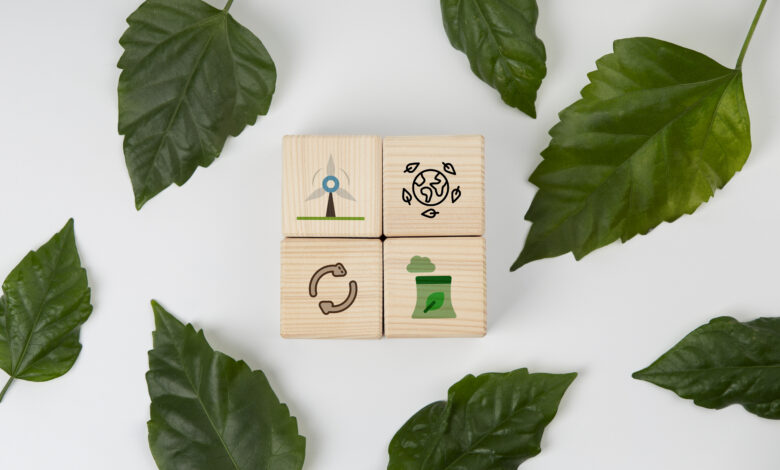Embracing Circular Design: A Path to Sustainable Consumption

As the world grapples with the challenges of environmental degradation and resource depletion, the concept of the circular economy has emerged as a compelling solution. By reimagining the way we produce, consume, and dispose of goods, circularity offers a path towards a more sustainable future. But to truly unleash its transformative potential, brands must go beyond just adopting circular business models – they must make circularity irresistible to consumers.
The circular economy encompasses a wide array of practices, from thrifting and upcycling to recycling and composting. These practices aim to keep materials and products in use for as long as possible, minimizing waste and maximizing resource efficiency. While the principles of circularity are not new, recent innovations in design and business models are making it more accessible and appealing to a broader audience.
One of the driving forces behind the growth of circularity is consumer demand. Today’s consumers are increasingly conscious of the environmental impact of their purchases and are seeking affordable, sustainable, and stylish alternatives. As a result, the secondhand market has exploded into a $197 billion industry, spanning everything from apparel to electronics to consumer packaging.
To capitalize on this growing trend, brands are adopting circular business models and redesigning their products and services with circularity in mind. However, success in circularity goes beyond just designing new reuse systems – it requires telling compelling stories that resonate with consumers on a deeper level.
Here are five design principles that brands can follow to make circularity irresistible:
- Design for human truths: Understand and address the underlying needs and motivations of consumers to create solutions that they truly want and value.
- Design for access: Make circular products and services accessible to everyone, regardless of their level of engagement or familiarity with circular practices.
- Design for ease: Remove barriers to adoption by integrating circular behaviors into existing routines and making them as effortless as possible.
- Design for reciprocity: Incentivize and reward consumers for participating in circular activities, creating a sense of mutual benefit and shared responsibility.
- Design for pleasure: Make circularity enjoyable and exciting, tapping into consumers’ desires for style, performance, and adventure.
By embracing these design principles, brands can create products, services, and experiences that not only promote sustainability but also resonate with consumers on a deeper emotional level. In doing so, they can pave the way for a more regenerative and circular future for retail, where the cycle of consumption goes on and on.




